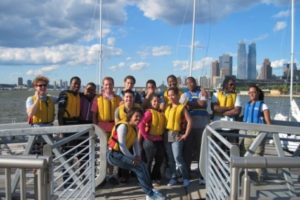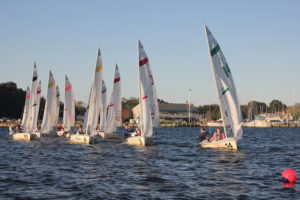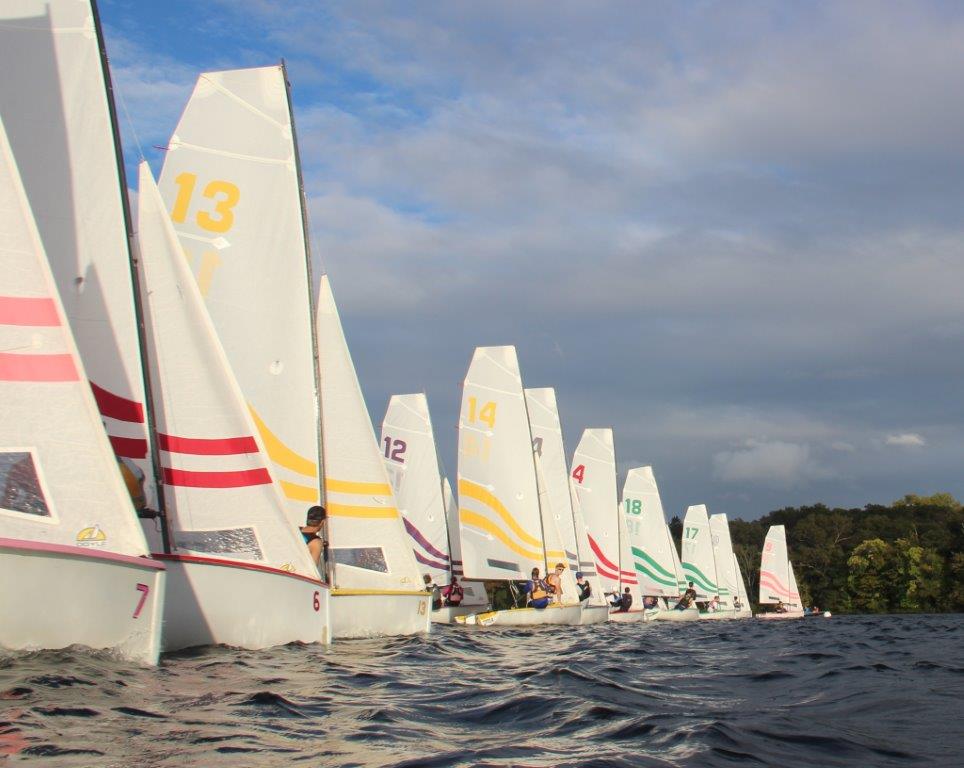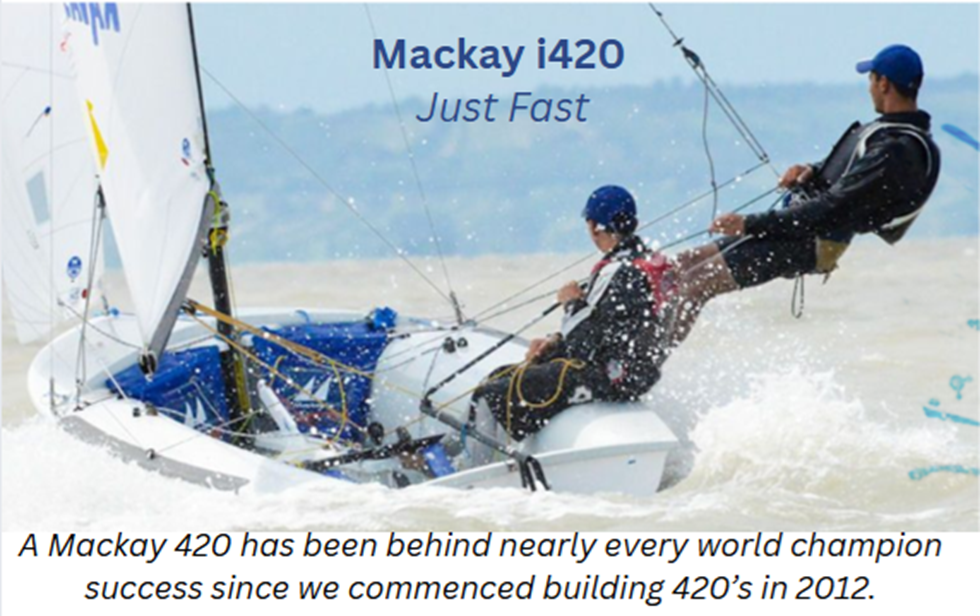
Hudson River Community Sailing is hiring! Learn more HERE
Founded in 2007 to serve the urban community, we partner with public schools to offer credit-bearing academic programs, internships, mentoring, and college readiness. Our youth development platform uses sailing, boat operation, and boat building to further academic skills and instill the qualities of character necessary for college and career success. We also serve the broader community through affordable marine education and recreation for individuals, groups, schools, businesses, and families.
“Although I have learned so much about sailing, this program also greatly improved my social skills. I have become much more open, I have become a better leader, and most importantly I learned how to teach others the skills I have acquired. I did not immediately notice the changes occurring until the people around me commented on how much of a positive impact sailing and being part of this program had on me.” -Anthony, Youth Program Graduate (Oakcliff Scholarship Winner)
Find Our Boathouse VIEW ON MAP
Hudson River Community Sailing
West 26th Street & 12th Avenue Pier 66
Boathouse inside Hudson River Park
New York, NY 10001


 At the top of this pyramid are the “Top Guns”. This is the miniscule pool of sailors at the ultra-elite level–the likes of Ben Ainslie, Russell Coutts, Paul Cayard, Jimmy Spithill and their compatriots around the world. Commonly these elite sailors will fly into the regatta, do their magic thing and fly off to the next one. That is when they are not under contract to either a VOR or America’s Cup program. These two events are the largest consumers of professional sailors and supporting “technicians” who make their daily bread as “professional sailors”. And some go back and forth between events.
At the top of this pyramid are the “Top Guns”. This is the miniscule pool of sailors at the ultra-elite level–the likes of Ben Ainslie, Russell Coutts, Paul Cayard, Jimmy Spithill and their compatriots around the world. Commonly these elite sailors will fly into the regatta, do their magic thing and fly off to the next one. That is when they are not under contract to either a VOR or America’s Cup program. These two events are the largest consumers of professional sailors and supporting “technicians” who make their daily bread as “professional sailors”. And some go back and forth between events.





 We’ve Got Community!
We’ve Got Community!

 Although Tufts sailors aren’t training in FJ’s and 420’s, the team’s long history of racing success does not suggest that practicing in Larks is hurting them in any way. Legler explains, “Larks are different, at least a little, from FJ’s and 420’s, just as those two classes are different from each other. There are small technical differences in how the sails are trimmed… The Lark is the same size as the 420 and FJ, and as such we are training the right sized people. It is more stable than an FJ, but less stable than a 420.” To make up for those differences, Legler enters his team into regattas every weekend, “at all levels, including club events, for our new crews to train muscle memory for sailing FJ’s and 420’s.”
Although Tufts sailors aren’t training in FJ’s and 420’s, the team’s long history of racing success does not suggest that practicing in Larks is hurting them in any way. Legler explains, “Larks are different, at least a little, from FJ’s and 420’s, just as those two classes are different from each other. There are small technical differences in how the sails are trimmed… The Lark is the same size as the 420 and FJ, and as such we are training the right sized people. It is more stable than an FJ, but less stable than a 420.” To make up for those differences, Legler enters his team into regattas every weekend, “at all levels, including club events, for our new crews to train muscle memory for sailing FJ’s and 420’s.”
 I remember- as a good example of this – one quite seemingly regular summer race day at the J24 US National Championships on Berkeley circle in San Francisco a number of years back.
I remember- as a good example of this – one quite seemingly regular summer race day at the J24 US National Championships on Berkeley circle in San Francisco a number of years back.